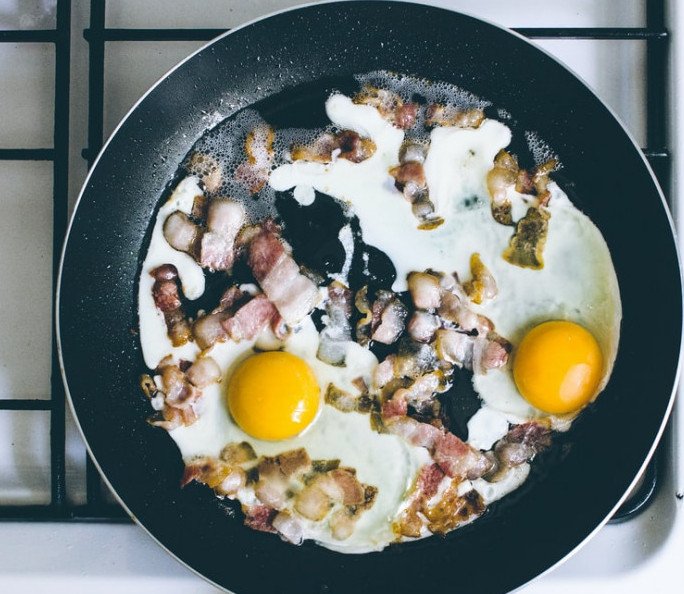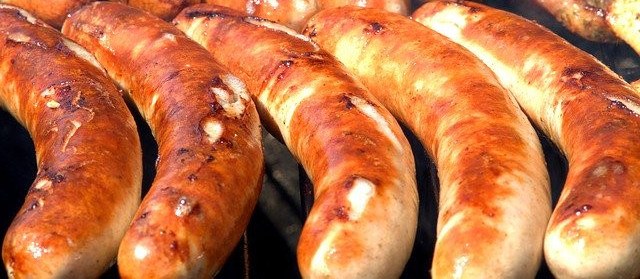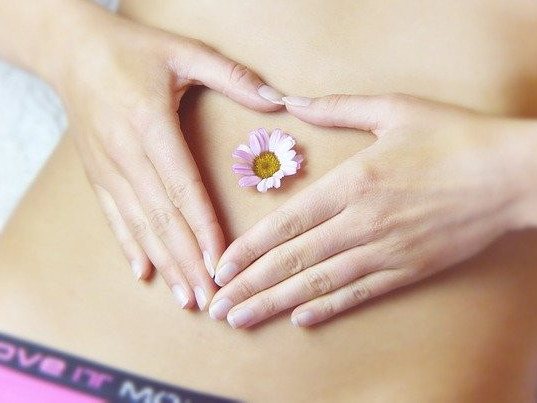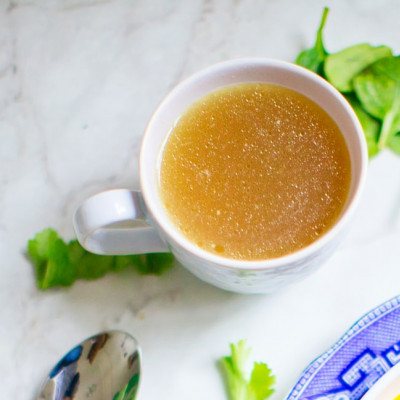Ok, you probably think I’m the crazy diet lady. I have done raw vegan, AIP, GAPS, paleo, ketogenic, paleo ketogenic, and even carnivore. None of these diets have regrown my hair. I have struggled to stick with them because I don’t tend to see results. So why am I even bothering with the whole 30 diet?
Good question!
My Interest in Whole 30
Honestly, I didn’t know that much about the whole 30 diet until this week. I knew that it was similar to the paleo and AIP diet, but after trying many variations of diets, I kind of figured it was just another diet.
I read a post from fmy second cousin online that he was starting the whole 30 diet. After doing a bunch of diet variations, I knew I could tackle the challenge with him and his wife. I also was coming off of the holidays and indulging in lots of sweets and foods. A dietary challenge may be just the thing that I needed to get back on track and stop cheating.
My Whole 30 Challenges
I have given up wheat before and it wasn’t too difficult. The paleo ketogenic diet was the most challenging diet that I have done. It eliminated dairy and grains. I had added butter and cheese back into my diet for a month. I knew that giving up dairy would be tough for me. Giving up bread was something that wasn’t as hard. I had avoided bread much longer than I have avoided butter.
It is also a joke in my family that we love butter. My mom’s father would put cold butter and warm butter on his oatmeal. The cold butter has a different texture.
Eliminating butter means that you are eating vegetables without fat. That can be kind of hard. Some veggies are just not that tasty. One thing that I learned from the paleo ketogenic diet is that your body needs a certain amount of fat every day. It keeps you satiated and helps your body absorb those essential fat-soluble vitamins.
My first Whole 30 day
Today is my first day of the whole 30 diet. I admittedly have already cheated on it. But I had a few strips of bacon that weren’t going to last in the refrigerator for 30 days. I know that there was some added sugar in the bacon. It is a very small amount. So small that there are no carbohydrates listed on the nutrition label. So, maybe I’ll just do an extra day or remember that I need to do an additional Whole 30 breakfast on day 31.
I actually eliminated dairy and wheat yesterday, so today hasn’t been too bad. The whole foods that I have eaten today include the following.
- 2 eggs
- 4 strips of bacon
- chuck roast
- roasted carrots
- apple
- boiled egg (snack)
I seasoned my foods with salt and pepper. It still was delicious.
I weighed myself and took pictures today. I was VERY bloated, but I don’t know if it was the diet or PMS. I still had bloating on the paleo ketogenic diet and I wasn’t eating any gas-producing beans or veggies. In fact, I wasn’t eating veggies or fruit at all. My after pictures may look much better just because I’m not so bloated. We shall see!
Upcoming Whole 30 menu ideas
I went to the grocery store to pick up food for the week. I was inspired by the frozen vegetables this week. I definitely am not ready to give up all of my carbohydrates and do the paleo ketogenic diet again. So, this is a simple way to eat.
I plan on eating very simply for the next week. Homemade soup, stir frys, hamburgers, apples, and vegetables are on the menu. I did purchase some coconut aminos to go with my asian stir fry dish. I saw that was whole 30 approved and soy sauce was out.
I grabbed some sweet potatoes from the produce section today. I plan on cutting those up and baking them with some olive oil and salt to make sweet potato fries. That should be fun. I haven’t had those in a long time, but I know they are delicious. Also, sweet potatoes are on the GAPS diet, which allows some of the less irritating veggies onto the diet.
A bunless hamburger is always an easy meal to make when doing an elimination diet. It can be difficult to look down at your plate and just see what looks like a hockey puck, but when cooked correctly, a plain burger can be delicious.
Another item I found in the freezer section was chopped butternut squash. I plan on cooking that up with ground beef to make a breakfast hash. I’m hoping it will be tasty.

Wish me luck!
So, now I have a general plan on how to survive this first week of whole 30. I haven’t given up eggs or nightshades despite having an autoimmune condition. That may come next week. This week I will be adjusting to not eating dairy or bread. Next week, I can figure out what to eat instead of potatoes and whether I want to include the spices that have nightshades in them.





